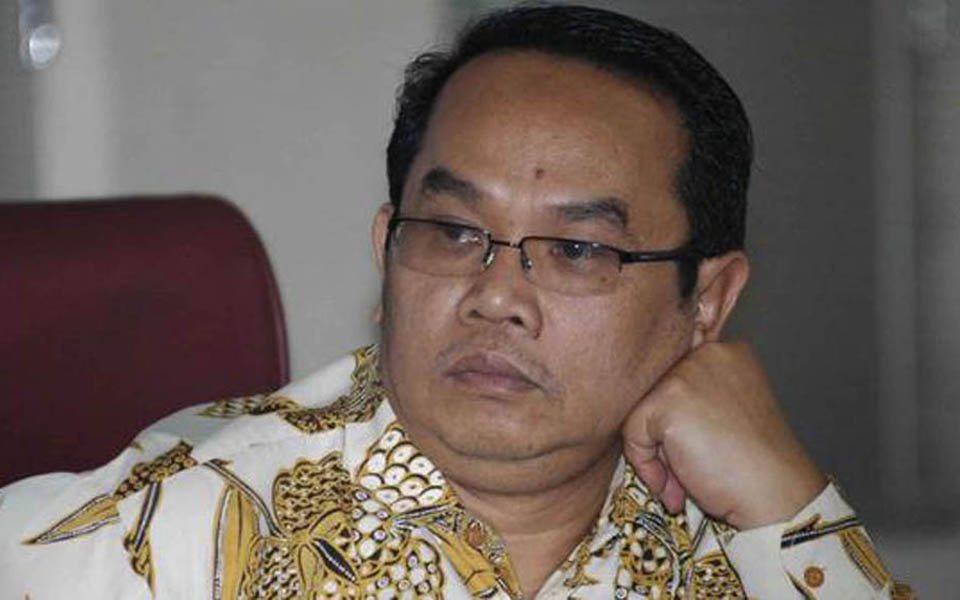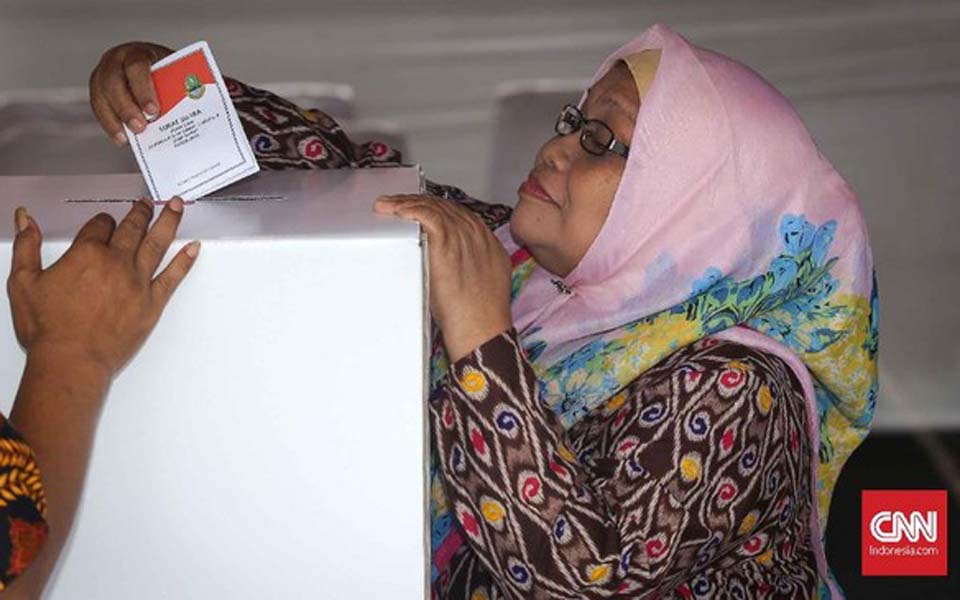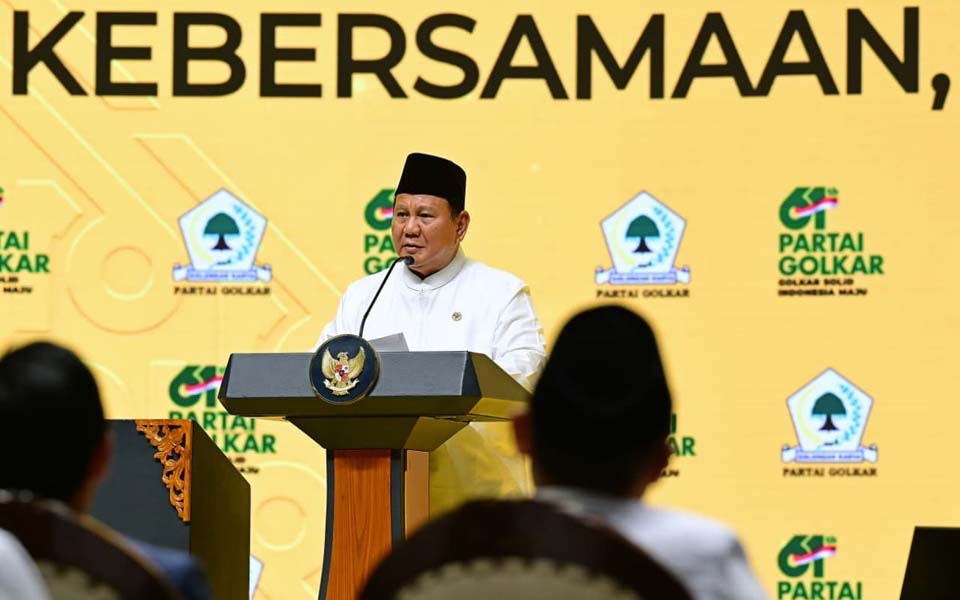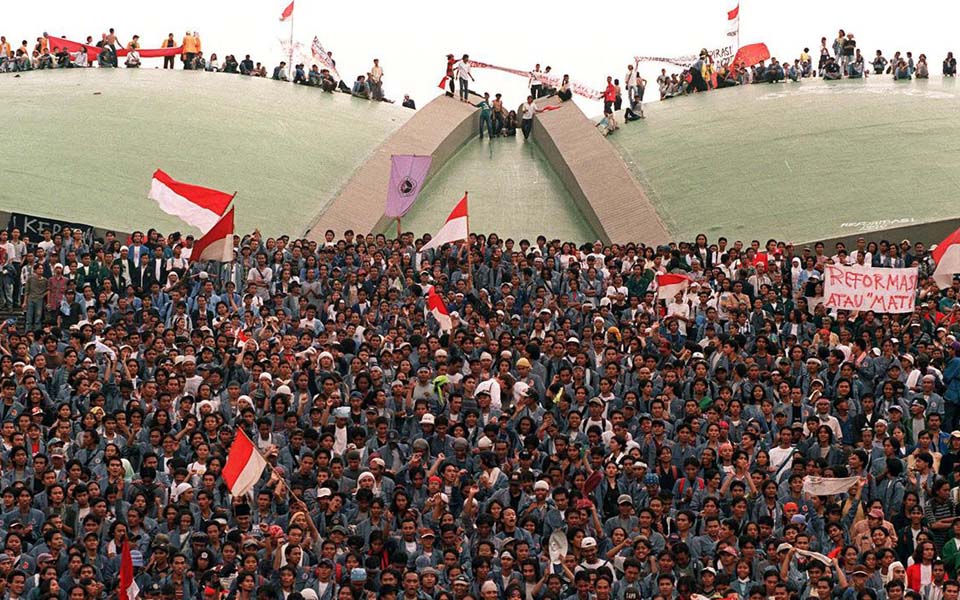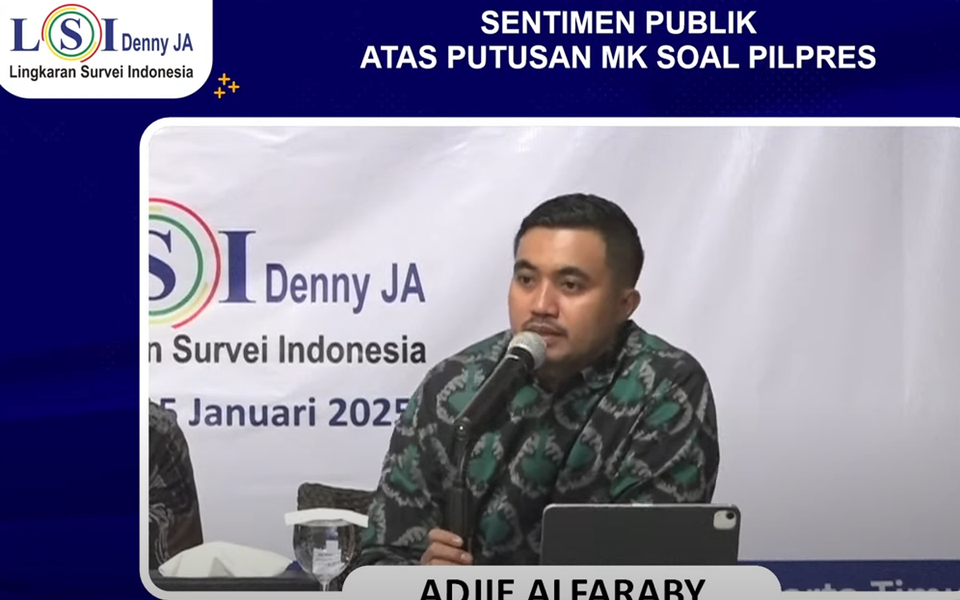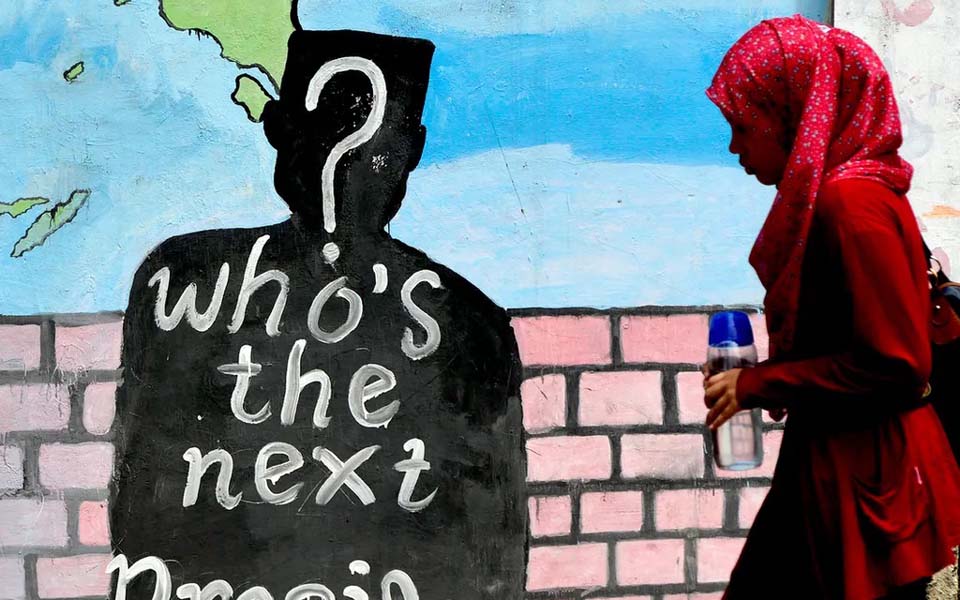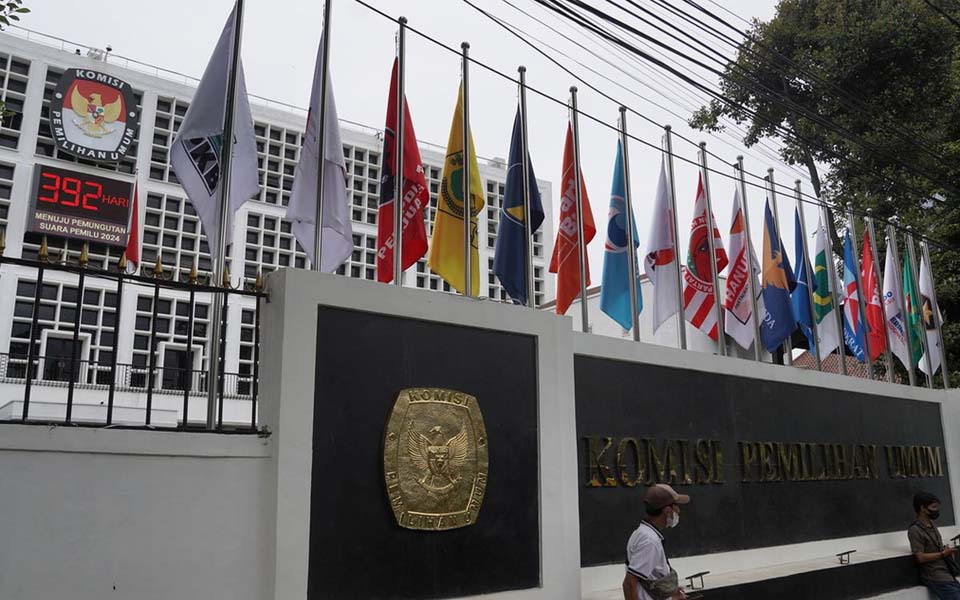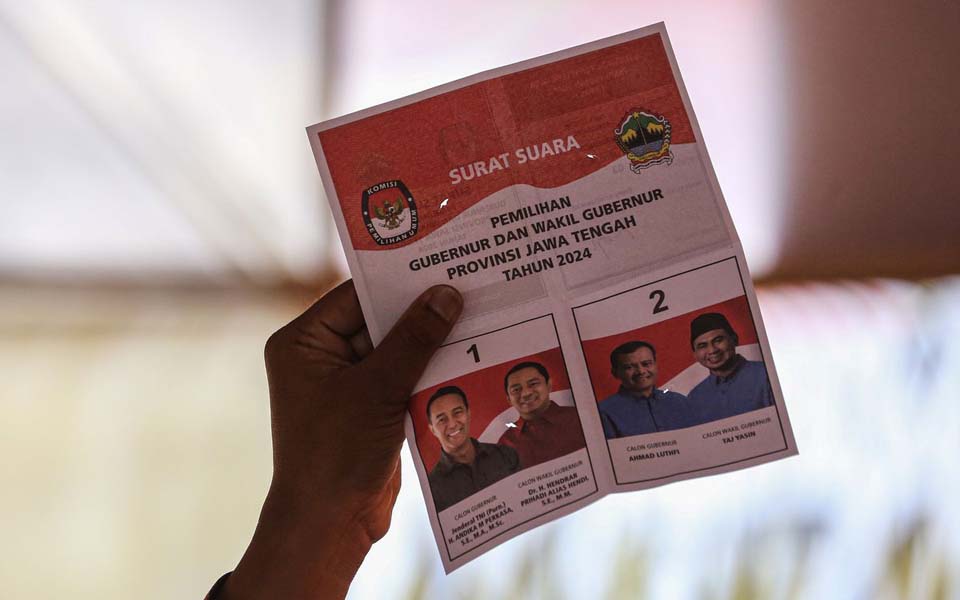Jakarta – The number of floating voters is tending to increase. This can be seen not just from the decline in participation levels in elections between 1999 and 2009, but the political parties in general would be unable to hold on to their constituents if an election was held today.
This was revealed by Indonesian Survey Institute (LSI) researcher Saiful Mujani on Sunday May 29 in Jakarta. The participation levels in elections between 1999 and 2009 have declined. If this trend is linear, in the next five years participation levels will decline to 60 percent. The decline in electoral participation of 20 percent in just a decade, according to Saiful, indicates the weakness of the relationship between the political parties and their constituents.
This conclusion is supported by the results of an LSI survey on May 10-25 of 1,220 respondents with a margin of error of 2.9 percent and a confidence level of 95 percent. Only the Golkar Party, the Indonesian Democratic Party of Struggle (PDI-P) and the United Development Party (PPP) will be able to maintain their constituents. More than 70 percent of these three parties’ voters – 74.5 percent for the PPP, 75.4 percent for the PDI-P and 77.5 percent for Golkar – will not change their choice of vote.
Only 54.5 percent of voters will continue to vote for President Susilo Bambang Yudhoyono’s ruling Democrat Party. Voter loyalty for the medium size parties such as the Greater Indonesia Movement Party (Gerindra), the National Mandate Party (PAN), the Justice and Prosperity Party (PKS) and the National Awakening Party (PKB), is only 51-63 percent.
Based on this survey, the Democrat Party will still be able to win an election, but its vote share would shrink to just 18.9 percent. Although it still received the highest vote in the survey, Democrat voters are very unreliable. Conversely, Golkar voters are more stable compared with PDI-P and the Democrat Party. Saiful said however that the Golkar Party will not be able to attract now voters while the PDI-P will be able to maintain its long-term constituency as well as attract additional voters.
University of Indonesia political psychology professor Hamdi Muluk believes that the electability of parties and political party leaders in Indonesia is not just determined by their closeness to people or information in the lead up to elections. Very few voters identify themselves with a particular political party, and this is why the popularity is such a determining factor.
Indonesian Institute of Science (LIPI) researcher Lili Romli added that the political parties in Indonesia are extremely unhealthy. Cadreisation is not functioning, recruitment is ‘instant’ and the political parties are unable to represent the ordinary people. Political oligarchies are growing stronger and the parties are controlled by elite dynasties.
Source: Dinamika Politik: Parpol Kian Kehilangan Pemilih Loyal – Kompas. Senin, 30 Mei 2011
[Translated by James Balowski.]





